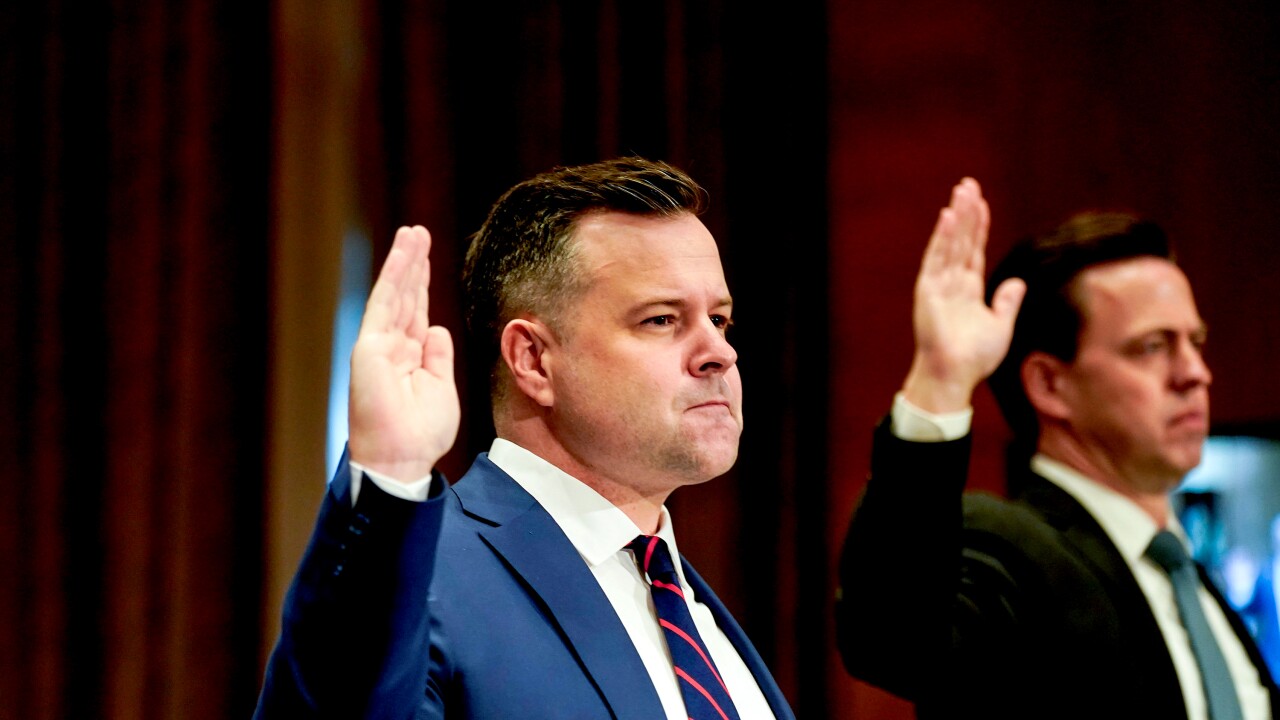Banks have been ceding market share in home lending to nonbank lenders for years, but that could change under a Treasury Department proposal to remove Fannie Mae and Freddie Mac from conservatorship.
While no one is suggesting that the plan will help banks regain the share they had a decade ago — before the Dodd-Frank Act imposed significant restrictions on mortgage lending — bankers believe that stabilizing Fannie and Freddie could at least help them keep what they have.
“The uncertainty over Fannie and Freddie has not been good for the market,” said Kristy Fercho, the president of mortgage lending at the $20.2 billion-asset Flagstar Bancorp in Troy, Mich. “I don’t see this as fundamentally changing how banks operate their mortgage business. But what’s most important for Flagstar is that it provides a path forward to stabilize the housing industry.”
The declining role of banks in the $15.4 trillion U.S. residential mortgage lending market over the past decade has been dramatic. In this year’s second quarter, bank originations of single-family mortgages held for sale totaled $134.8 billion, or 58% below the $321 billion they originated in the same quarter 10 years ago, according to data compiled by FedFis. Banks’ holdings of mortgage-servicing assets are down 42% to $37.9 billion in that same 10-year span.

The
The reform plan would also encourage more competition in the secondary mortgage market. Fannie’s and Freddie’s participation in areas like investor loans, vacation homes and cash-out refinancing would be curtailed and private capital, including banks, would be expected to fill the void.
Congress is unlikely to approve the plan soon, as it already has a packed legislative calendar and a presidential election in 2020. Also, Treasury has acknowledged that
Still, bankers see the Treasury proposal as a blueprint for what future government support for the housing market will look like.
Flagstar’s Fercho said that the uncertainty surrounding Fannie’s and Freddie’s future was among the reasons why many banks have scaled back their mortgage lending.
The Treasury proposal “provides certainty that a 30-year fixed-rate mortgage would continue to be an offering,” Fercho said. “Plus, the GSEs would be the guarantors to provide stability through economic downturns. “
Jamie Dimon, the chairman and CEO of JPMorgan Chase, said at an investor conference earlier this month that he supports the initial proposal, as it would give the GSEs a more refined mandate and allow them to sell the risk from the loans they back into the private market.
Selling off the risk will help create “a more healthy economy,” Dimon said. “That’s healthier for financial institutions, too.”
Community bankers, meanwhile, largely support the proposal because they see it as essentially treating all lenders equally. That was one of the Independent Community Bankers of America’s top priorities, said Ron Haynie, the group’s senior vice president of mortgage finance policy.
“A level playing field for pricing, no discounts for volume, these are all things ICBA supports,” Haynie said.
Still, John Holahan, a banking regulatory attorney with Dentons in Washington, said that there’s little in the proposal that would eliminate the risks that have scared banks away from the mortgage business over the past seven or eight years.
“Banks have been so demotivated by the capital rules, risk retention, the uncertainty around [Consumer Financial Protection Bureau] regulations — the list goes on,” Holahan said. “I don’t see the GSE reform plan materially altering that.”
Orlando Cabrera, an attorney at Arnall Golden Gregory and a former assistant secretary in the U.S. Department of Housing and Urban Development, said he is concerned that the absence of Fannie and Freddie from certain sectors of the mortgage market could have unintended consequences.
He noted, for example, that private investors require a higher return on their investments than GSEs do. If they aren’t seeing the returns they demand, and Fannie and Freddie are prohibited from buying these types of loans, then there is a risk no one will buy them and liquidity could potentially dry up, Cabrera said.
“If you have less liquidity, you’ll have rates go up,” Cabrera said. “If rates go up, there will be fewer customers.”





